A wine tour of Malta: New tastes, a wine-making sage and endless rough and ready charm
Malta has long had a reputation for beautiful scenery, great weather and majestic architecture, but it also has a burgeoning wine scene which is beginning to grab some notice. Sophia Constant paid a visit to the island to find out more.
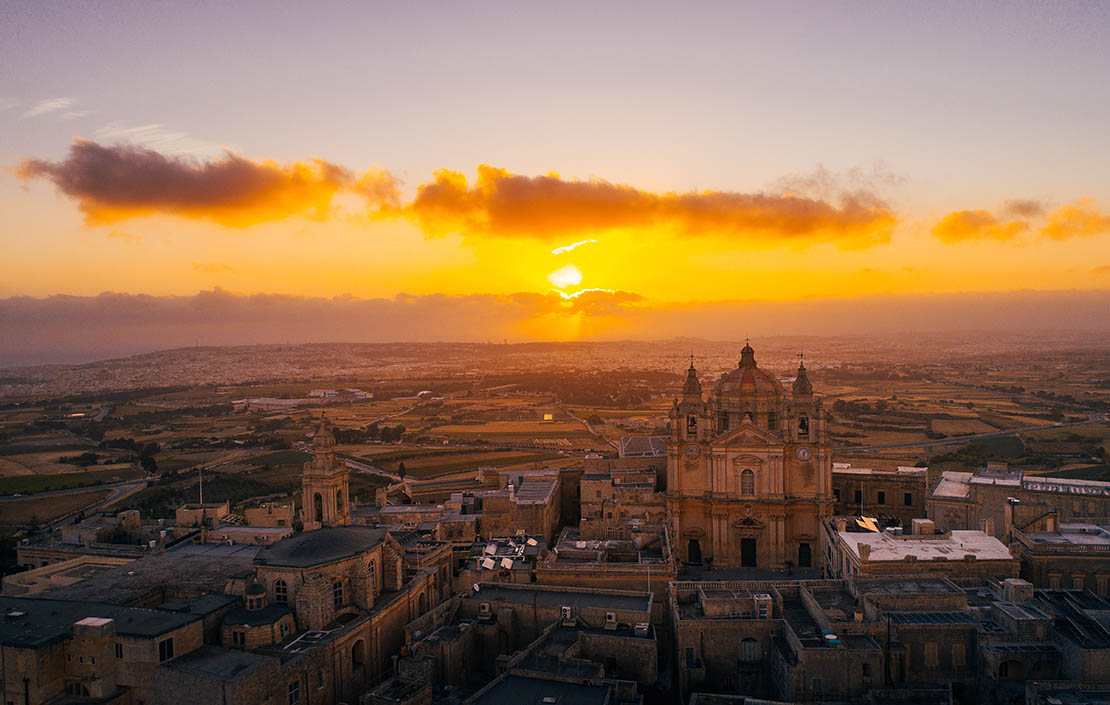
The attractions of the remote Mediterranean archipelago of Malta have long been dominated by its past. Once a tiny stronghold coveted by countless civilisations, then a colonial outpost and symbol of wartime resilience (honoured with a George Cross, no less), Malta has become an attractive destination for those seeking a warm climate, turquoise waters and dramatic history. The UNESCO-protected capital of Valletta is one of the great architectural jewels of Europe.
Yet the island is now making efforts to look forwards rather than back. Crumbling 16th century palazzos are being transformed into boutique hotels, a dazzling cultural calendar has sprung up (helped along by its status as European Culture Capital 2018) and now there’s even a burgeoning wine scene vying for recognition on the international stage.
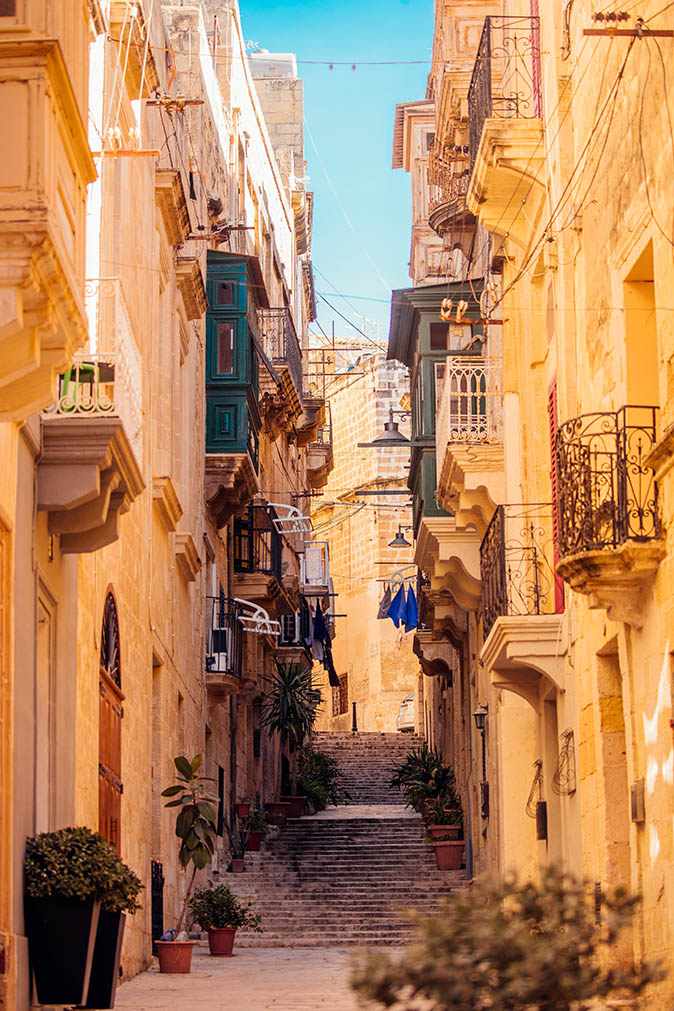
There’s all sorts to do on Malta and Gozo – I’ve added a few suggestions below – but for this visit the focus was on visiting some of the wineries on, which almost always feature stories of passion and perseverance. A trip here is a far cry from the sophisticated wine tours you might have taken through bucolic vineyards in France or Italy; wine tasting in Malta and Gozo is informal and rough around the edges, but all the more charming for that.
Maltese wine
It is hard to believe that until 30 years ago, an island with such perfect wine-growing conditions (year-round warm climate, suitable soil and sea breeze) only produced wine from table grapes. High import costs and no regulations on production meant that moonshine flowed cheap by the gallon and was barely palatable – fine for cooking rabbit, but not much more.
The 1980’s brought massive competition from new world wines and the only hand local producers could play was their low price point. When it came to quality, they couldn’t compete. Local winemaker Mark Miceli-Farrugia set his mind to the challenge of producing premium Maltese wines, taking an unorthodox decision to get quicker results by importing grapes from Italy to be vinified locally, and from 1988 was producing a decent Chardonnay.
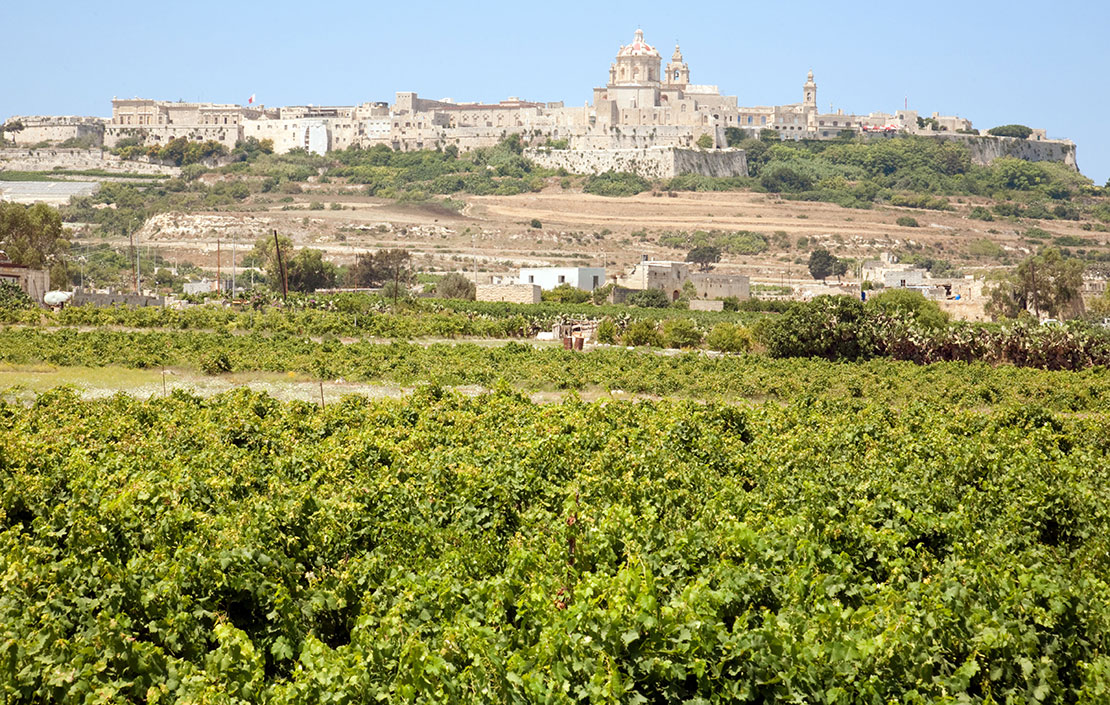
After Malta joined the EU in 2004 and the wine levy fell, wineries started investing in modern viticulture and viniculture, and that’s when things got really exciting. Along with two native wine grapes – Gellewza (lightish red) and Girgentina (white) – French and Italian grapes are planted across the islands.
Maltese (and Gozitan) wines are becoming more refined year on year, but production is low and EU regulations and costs mean produce is rarely exported, save for a few private buyers. While that’s a shame for those keen to try it overseas, it’s a boon to the tourist since they’ll get to try wines made by local vintners that are genuinely something different and among the most interesting in Europe.
Exquisite houses, the beauty of Nature, and how to get the most from your life, straight to your inbox.
Meridiana
Meridiana Wine Estates enjoys a reputation as the best producer in Malta, and the biggest at 140,000 bottles a year. It’s a great place to get an introduction to local wines in a relaxed, spoiling environment. Wines are served in a traditional inner courtyard, accompanied by an overflowing platter of Maltese tapas: fresh goat’s cheese, sundried tomatoes, meaty olives and Bigila; a moreish local broad bean and garlic dip.
One to try: The Nexxus 2015 is Meridiana’s pride and joy; their most popular and most expensive wine is more structured than the Melqart, oaked for 10 months (4 months longer), with nice ageing potential of up to 15 years.
Mar Casar
Eccentric Italian wine maker Mark Casar has a natural skill for monologues akin to that of Woody Allen and an air of spirituality that leads to regular poetic statements, reminiscent of John Lennon lyrics (usually followed by a raised glass to toast another sip of wine). His wines are equally offbeat: organic, vegan, gluten-free, made with no pesticides in sight, no aluminium caps and on a winery run purely by wind and solar power.
Tending to the vines with parental adoration, he uses fashionable terracotta Georgian Qvervi for fermentation and ageing (raw clay vessels and an ancient wine making technique). Guests are welcomed into a tasting-room above his cellar with the informal hospitality of an old-friend, and with the patter to match. ‘Nobody came up with a big idea over water and a salad. Wine helps communication and the sharing of ideas. It’s a message of goodwill in a bottle,’ was one particular favourite; and when asked for a wine pairing for one bottle, he suggested drinking it ‘with good company – otherwise, take the bottle and drink alone!’
One to try: The 2016 Chardonnay Amber win. Deep amber in colour from the skin, it offers completely different spices and aromas to those usually associated with Chardonnay and is served at ambient temperature. At first there’s a strong metallic edge, but after a little acclimatising it provides an incredibly enjoyable taste and one glass invariably leads to two.
https://www.facebook.com/marcasarqvevri/posts/2011994028857624?__xts__%5B0%5D=68.ARBH-AaX9qOlOioNbH_4dV_3LtXTmSb07c8L8cIr4cCmNwnpZNtKLLsM6xzUHdslGRwYjSlDIOWBAHEJiIKX1qMNTRZ8y-CDG7xNloLl9enUwTROP9BNkJGAwX5ktcvlJpm25z40KHUaLDJaBjsrtN5-AMAKPkrOgM64eGPj9vQ6z9T5ZkElPCfugaPcSlE1Sa6Yc-rD9jv0Zw4TSBqt6DgsCbGQ1LpHQLz6qMSBEWi617f4pdcs3DweftWOdUm9fI4M96mDoynA6XcukS83mgvdC6sSOS9sAWN2OMcQhK_jdrgEnSbN39kqgX0fRxw9aXg7QnuuQhUxhMPnhUwwzOQontN9jvOhYHSk5Cexc9dPEt_4G1b7CRHni5a68r3dMjTkzo--eIs3Pby1wb3V1QnoY9Zu7F6mKxwtrb8UWgLvSk5Fr9jX&__tn__=-R
Ta’Mena
Gozo – Malta’s quieter, more rural little sister – has even greater potential than Malta for making wine, with cool coastal temperatures and small valleys channelling the sea air. For informal wine-tasting with a twist, visit family-run winery of Ta’Mena, whose wines are a blend of indigenous and Italian grapes, very soft on the palate and very easy drinking.
Wine is just part of the attraction of a place which also has an olive press and a cheese room. It feels rather like entering a 1950’s sweet shop, a colourful emporium showcases just how fruitful the island is, with shelf upon shelf piled high with produce: fig jam, prickly pear liquor, carob syrup, jerry cans of olive oil and an industrial-sized fridge full of ricotta (consume with a hefty dollop of fig jam, washed down with Ta’Mena’s spicy Merlot).
One to try: Ceres 2017 Sauvignon Blanc/Viognier. Wines from Gozo often have a slightly salty aftertaste from the sea spray that reaches the vines nearest the cliffs. This goes beautifully with oysters, carpaccio or salt-baked cod.
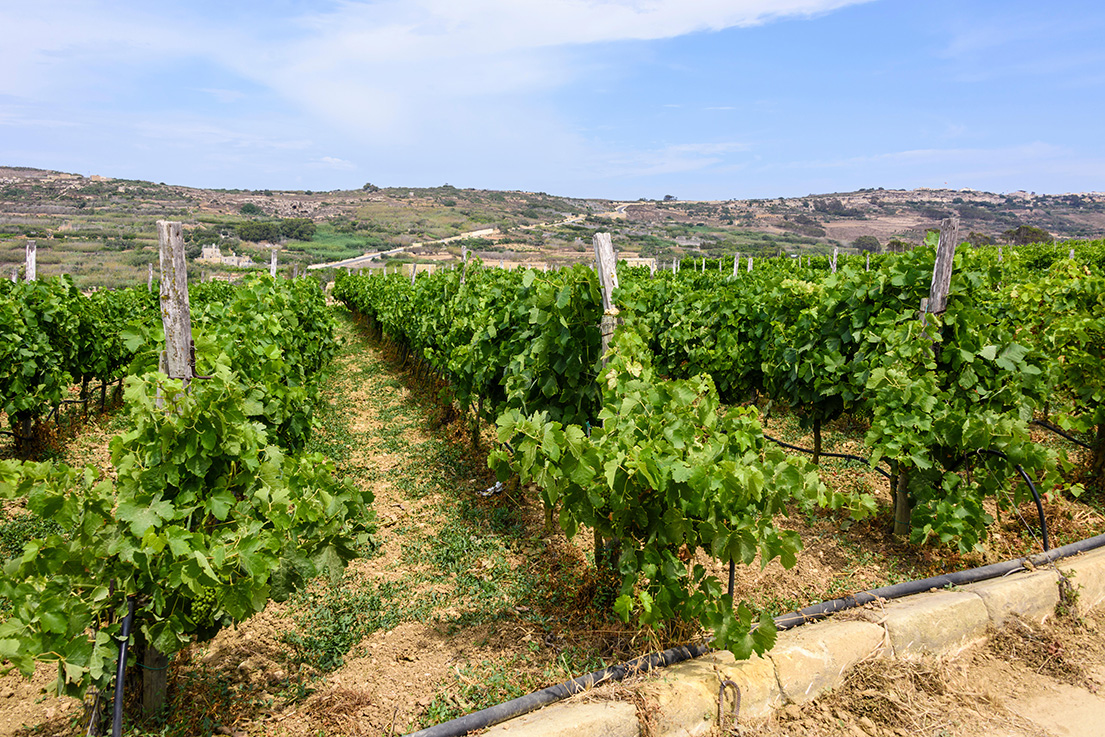
Where to stay
Malta is full of hotels but the Intercontinental Malta in St Julian’s, a short drive from Valletta, is well-located with a choice of fine restaurants, bars and cafes within walking distance.
The Intercontinental is comfortable and luxurious, with a spa, swimming pool and spacious modern rooms. There’s also a fantastic seafood restaurant, Paranga, which overlooks the ocean on the hotel’s private stretch of white-sand beach.
Rooms at the Intercontinental Malta start from £80, or find other places to stay in Malta here.
Other things to do
Valletta
To spend a day or two in Valletta is to peel back the mille-feuille layers of Malta’s history; stand within 3600BC megalithic temples predating the pyramids, climb watchtowers built by the Knights of St John, and explore extensive underground networks of WWII air-raid shelters. Approaching ancient Valletta’s honey-coloured fortress walls, struggling to conceal the cornucopia of spires and domes within, is a stunning experience.
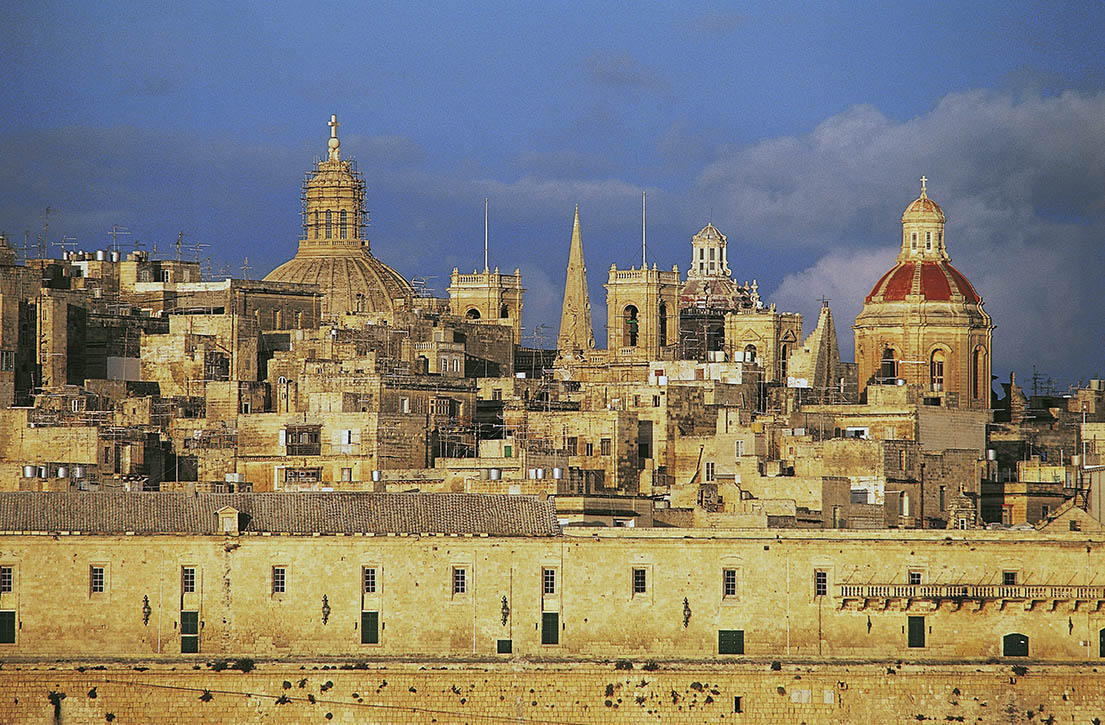
Manoel Theatre
Malta’s cultural heritage is best discovered through its glorious architecture, a mix of baroque churches, stately colonnades and the Manoel Theatre, one of the oldest stages in Europe. It was commissioned in 1731 by António Manoel de Vilhena, Grand Master of the Knights of Malta, to provide 'honest entertainment' for the people of the island – an ideal which is still held dear almost 300 years later.
https://www.facebook.com/LovinMalta/videos/331285691013074/
St John's Co-Cathedral
Malta’s artchitectural crown jewel is, without doubt, St John’s Co-Cathedral. It’s a masterpiece of baroque art, with wide archways gleaming from layers of gilt-gold and an oratory housing two extraordinary Caravaggio paintings.

Diving, walking and riding
Malta and Gozo both have an abundance of hiking trails, snorkelling/scuba diving sites, and idyllic horse-riding locations – for diving in particular it's one of the best spots in Europe. The tourist board has a map of some of the best sites at www.maltauk.com/divetrail.
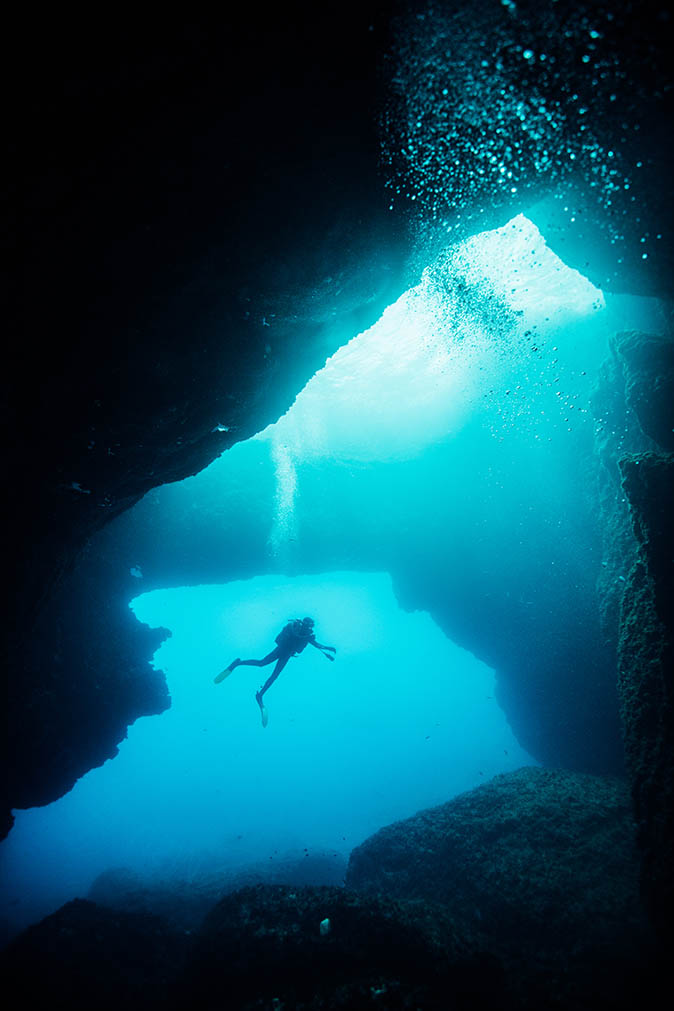
Visit Gozo
If you take the 20-minute ferry to neighbouring Gozo, lunch at Ta’Philip, a few steps from where the boat drops you off, is an absolute must. Head chef Philip hurries around the tables spooning tasters of fresh pasta onto each plate between courses, and shuffling guests into the kitchen to have a peek at his pride and joy: a rotating fire-stone oven. Our party gorged on toasted octopus, lemon baked sea-bream drizzled with capers, stuffed courgette, roasted quail and the house speciality, salt-baked cod.
Also while on Gozo – this time in the capital, referred to as both Ir Rabat and Victoria – pop into Rikardu’s workshop, known by almost every islander for his fresh ricotta-filled ravioli. His cheese-making demos are fascinating and he works tirelessly from the early hours to produce fresh cheese from his farm in time for lunch at his restaurant.
Flights to Malta from London Gatwick start from £132 return with British Airways and rooms at the Intercontinental start from £80. For more information and to book visit www.ihg.com/intercontinental/hotels/gb/en/malta and www.britishairways.com. For more information about the Maltese archipelago visit www.maltauk.com.
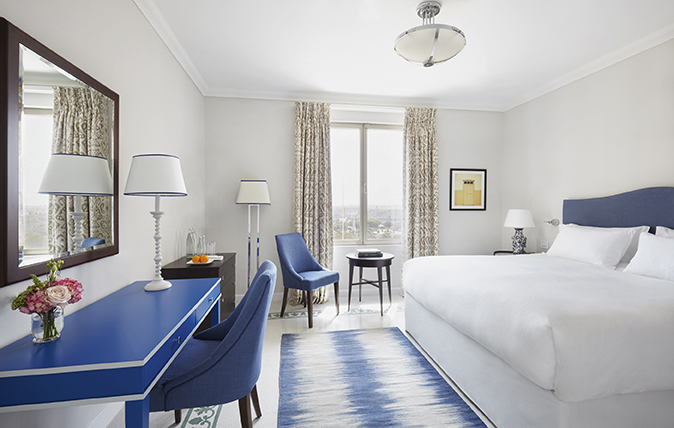
Valletta, Malta: What to see and where to go in the European City of Culture
Clive Aslet visits the delightfully serene European City of Culture 2018.

Credit: Alamy
Two middle-aged ladies, one beautiful Fiat, and a magical week in Umbria
Mary Miers teamed up with an old friend as she visited one of Italy's most enchanting regions.